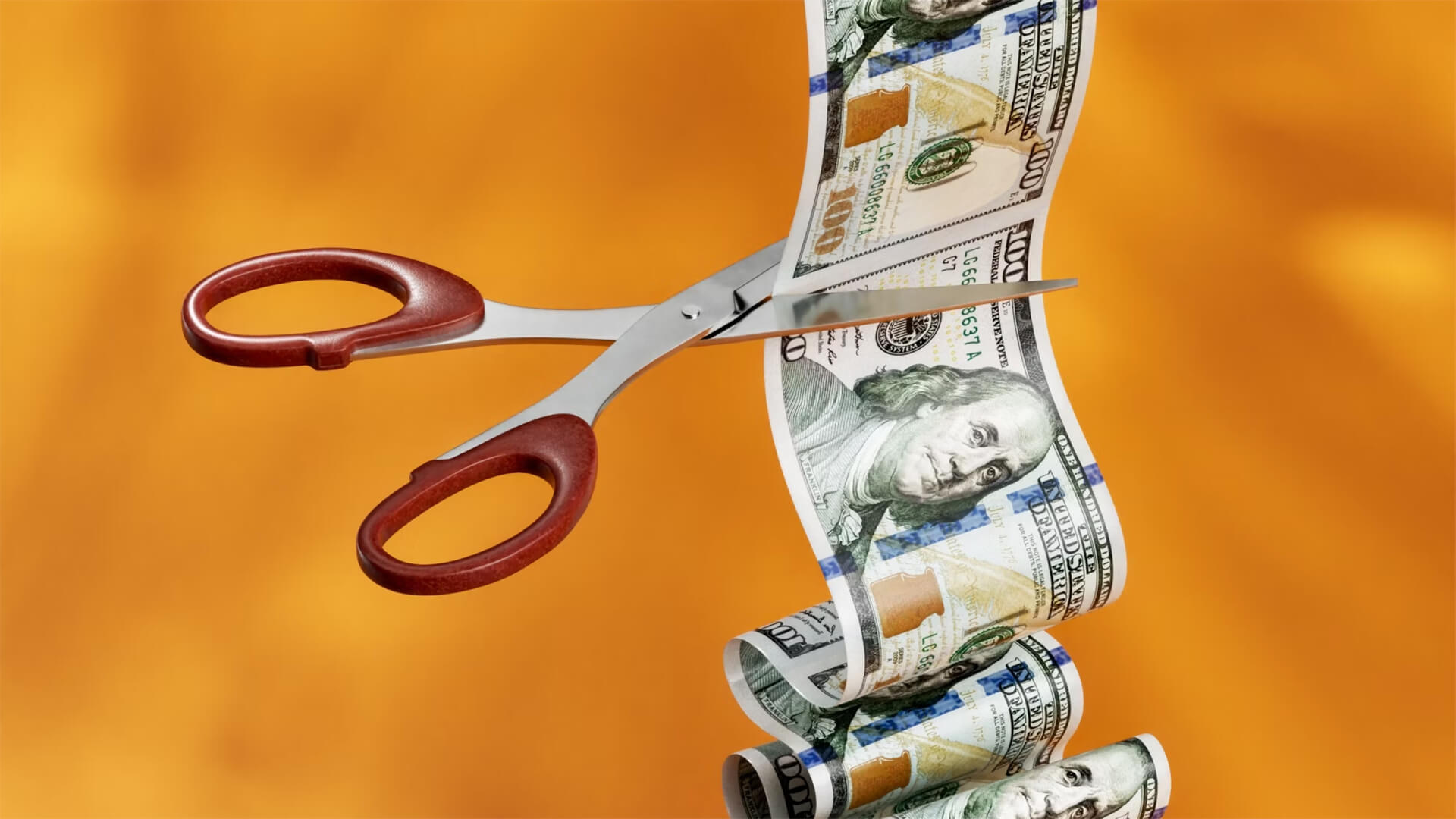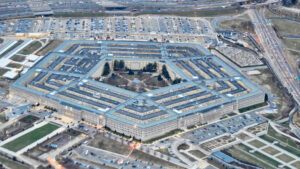What do you get when you mix overly aggressive trade measures and a poor economic plan? Trump’s idea of a great start. Or, as I like to call it, a policy-induced recession. Here’s what’s happening.
Cargo shipments from China have collapsed and shortages will begin in a month or so. Trump’s eager to dump $1 trillion into new deficit spending, raising capital costs. Those DOGE cuts failed to offset spending and have backfired. Customer confidence is at its lowest since the ’08 crisis. We’ve already chatted about the construction issues. New tariffs are killing growth across numerous sectors. Policy confusion has stalled investment. And the global demographic picture isn’t getting any prettier.
The recession that the US is facing is no longer avoidable. Political choices have led us here, not economic fundamentals. Even if we flipped the switch today, recovery would be months away.
Transcript
Hey, all, Peter Zeihan here. Coming to you from New York. There’s the World Trade Center, and I couldn’t think of a better place to discuss the recession that’s about to hit us. This is the latest in our series on the fire hose of chaos. How the Trump administration’s domestic and international policies are affecting the US economy.
If you were looking to avoid a recession, I’m afraid that that ship has sailed like it literally sailed out of China about three weeks ago. I’m recording this on the 29th of April and back on the first week, we had tariffs kicked into China that rapidly ratcheted up to 145%, and that basically turned into a trade embargo and ships just stopped sailing.
And at first it was just a few. And by now more ships have been canceled by a factor of two than what happened in the darkest days of Covid. The last of the three tariff vessels will dock in Los Angeles on or about May 5th. About two weeks later, the last will hit Houston about a week after that here in New York.
And at that point, the inventory that’s in the country is always got to work with, and we will see good shortages of almost every kind within a month. There’s also not much of a chance of changing policy to avoid this at this point, because even if the Trump administration were to climb down completely, and even if everyone in China were able to go back to work the next second, you still wouldn’t see loadings within a month, and then it’s another month for it to cross the ocean.
We’d already be talking about sometime in September or October. And that’s just one piece of the equation. We also have weakness everywhere else. The Trump administration says it wants to increase deficit spending by $1 trillion. That’s going to raise capital costs that won’t be compensated by the DOJ’s cuts. Doge has steadily revised down how much they think they’re going to cut out of the federal government, from 2 trillion to 1 trillion to 150 billion.
And the most recent data suggests that cutting that 150 billion actually cost 130 billion, because a lot of the jobs that were let go were people that were actually essential workers that Congress mandates. And so they’re being had to be rehired on a contract basis, which costs more. That’s before you consider what’s going on in the housing sector, where we’re seeing consumer confidence at its lowest since the financial crisis back in 2007.
That’s before you consider that industrial construction spending has dropped to zero, something that never even happened during Covid and that kind of blip doesn’t exist is going back as far as the data is. The issue is we’ve had roughly 100 different tariff policies in two months, and no one knows what the rules of the game are.
And we have had no effort by the Trump administration put in place an industrial policy. We actually encourage manufacturing construction. And so it’s just withered on the vine from lack of confidence. Also, we have significantly slower economic growth in places like Michigan and Indiana already from the car tariffs that are already in place. And if the Trump administration does what it says it’s planning on doing on May 2nd, those car tariffs expand to cover car parts, which will trigger a manufacturing recession in roughly 25 states. And that’s before you consider the consumer spending is going to hit by agricultural tariffs that are just around the corner. And that’s before you consider drug tariffs or semiconductor tariffs, which are being promised. Basically we’re looking at a secular slowdown in economic growth in almost every sector. At the same time, almost none of it has to do with economic fundamentals.
It all has to do with policy. And even if we got a complete policy change today, we’re going to have several months before we recover from this, just by unwinding things. And perhaps the darkest point of this is that some version of this was probably going to happen anyway. Birth rates have been dropping for decades, and it was always going to be the period between 2025 and 2035 when a number of countries including but not limited to Germany, Italy, Japan and China, basically aged out of being productive systems.
And when that happened, globalization was going to crash. But the tariffs are making it crash now harder. And in a way that is causing a lot of heartbreak for Americans. That wasn’t necessary. What is the other side of this look like? I don’t know, that has become a policy question.








